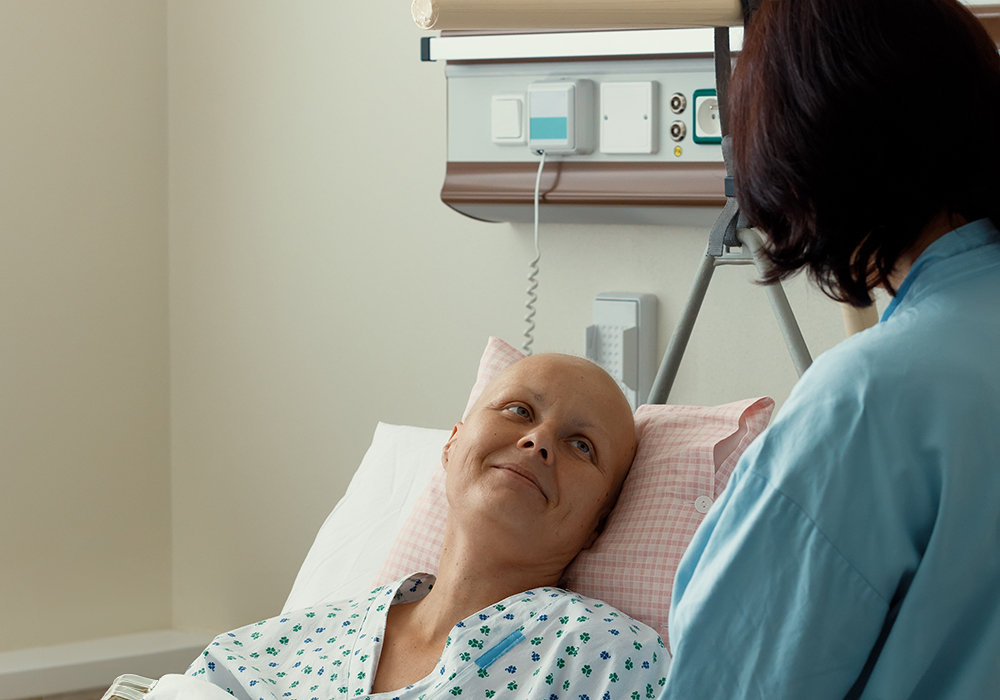Every job has its perils, and some of those perils are more pronounced than others. For nurses, professional hazards range from dangerous chemical exposure to workplace violence, to severe back and arm injuries, and everything in between. In fact, National Public Radio reported that more than 35,000 nursing professionals experience back and body injuries every year.
Happy New Year! The beginning of the year is a time to look forward and anticipate possibilities. It is also a time to reflect on what has been accomplished in the past year.
Each day, more than 175 Americans die from an opioid-related overdose. Misuse of, addiction to, and overdose from opioids cost the United States $78.5 billion a year, “including the costs of health care, lost productivity, addiction treatment, and criminal justice involvement.”. Other alarming numbers abound: 21%–29% of patients who are prescribed opioids misuse them, 4%–6% of those transition to heroin, and 80% of people who use heroin first misused prescription opioids.
Thousands of pieces of legislation are introduced in each Congress, but only a small percentage make it through the entire process, especially in that first year. Bills that are not voted into law and signed by the president during that two-year period “die” when the second session is completed and Congress adjourns. According to congressional rules, “A bill may be introduced at any point during a two-year Congress. It will remain eligible for consideration throughout the duration of that Congress until the Congress ends or adjourns sine die.”
In a November 2017 special statement, the American Society of Clinical Oncology (ASCO) cited evidence that alcohol consumption directly increases the risk for oropharyngeal and larynx cancer, esophageal cancer, hepatocellular carcinoma, breast cancer, and colon cancer. Although heavy drinking increases risk the most, ASCO noted that even modest consumption puts people at higher risk for these and other cancers. The World Health Organization’s International Agency for Research on Cancer has classified alcohol as a group I carcinogen because it causes cancer in humans.
As medicinal cannabis continues to make its way into practice in states in which it has been legalized for medical use, oncology nurses, nurse practitioners, physicians, and all members of the cancer care team must be aware of the ways in which cannabis can be administered to patients. Although medicinal cannabis is still being studied, patients have several ways to use it to combat side effects like pain, nausea, and vomiting associated with cancer and its treatments.
Medicinal cannabis, a topic that remains largely unstudied in human trials in the United States, is slowly becoming introduced in areas of health care and oncology in states that have legalized it for medical and adult recreational use.
Oral cancer treatments are effective and practical and can provide a level of flexibility for patients, allowing them to seamlessly continue their treatments without the burden of infusion visits. With many patients receiving oral chemotherapy, oncology nurses must recognize complications that can arise regarding procedure and documentation in practice.
Cancer treatment options continue to multiply as 2017 concludes, with the U.S. Food and Drug Administration (FDA) granting additional new drug approvals and broadening indications for others. Checkpoint inhibitors continue to explode on the scene with accelerated approvals for various indications. Treatment options for hematologic cancers are multiplying. Additionally, the first biosimilar for cancer treatment, bevacizumab-awwb, was approved as a biosimilar to bevacizumab.
That “science, informatics, incentives, and culture are aligned for continuous improvement and innovation” in care delivery through evidence-based practice (EBP) that uses research outcomes, clinical expert perspectives, and patient and family engagement, the National Academy of Medicine Roundtable on Value and Science-Driven Health Care project charter visualizes. By 2020, the goal is to ensure that 90% of clinical decisions are individualized yet supported by the most current, relevant, and best-available evidence and effective tools are in place to measure outcomes.





